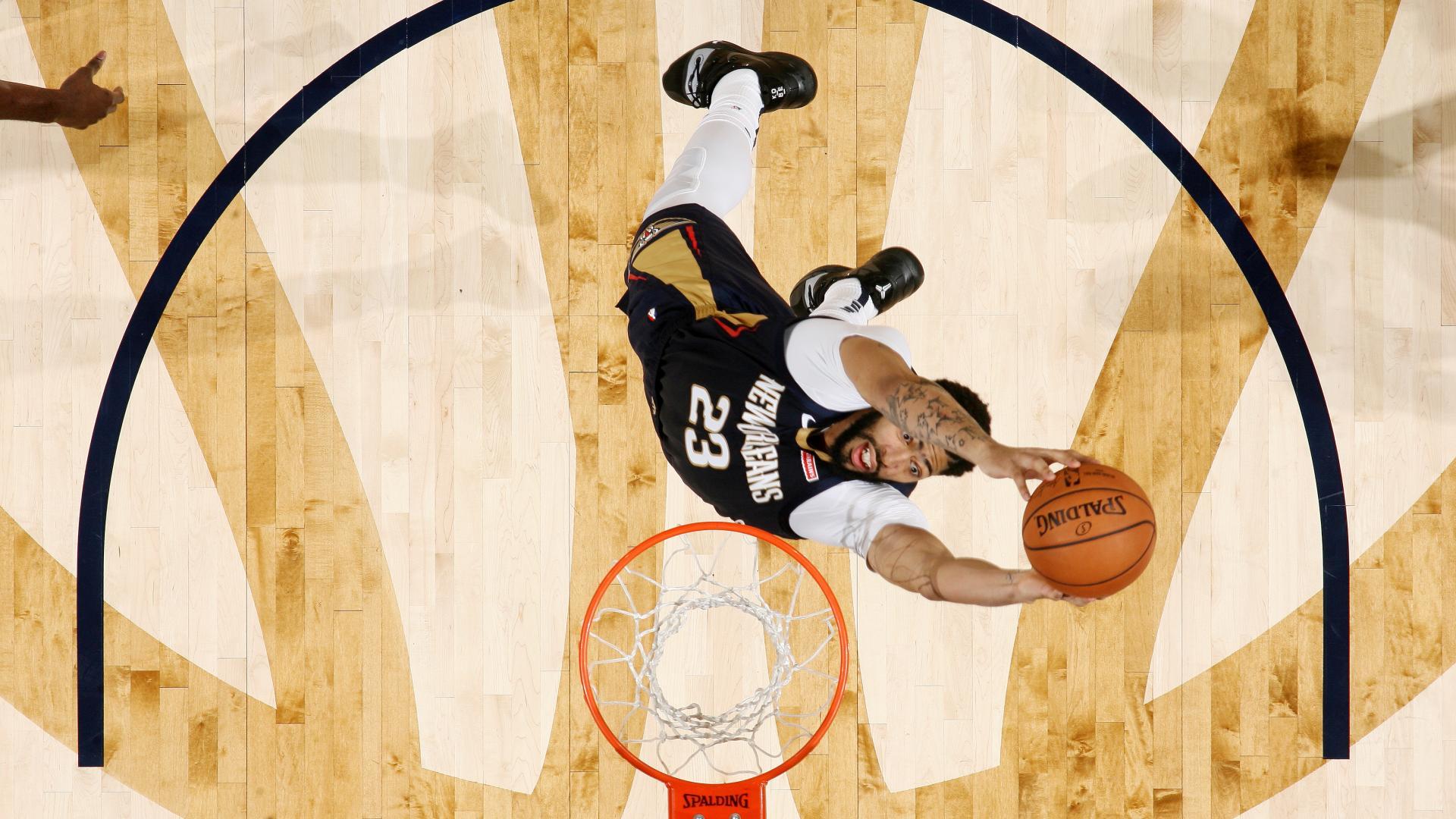
-
Final
Toronto Blue Jays
Texas Rangers5
6 -
Final
Baltimore Orioles
Oakland Athletics0
5 -
Final
Houston Astros
Texas Rangers3
4 -
Final
Minnesota Twins
Toronto Blue Jays1
3 -
Final
Boston Red Sox
New York Yankees3
13 -
Final
Cleveland Indians
Oakland Athletics1
5 -
Colorado Rockies
St.Louis Cardinals6
2 -
Final
Seattle Mariners
Minnesota Twins2
3 -
Final
New York Yankees
Chicago White Sox2
8 -
Final
Los Angeles Angels
Los Angeles Dodgers3
5 -
Final
Cleveland Indians
Oakland Athletics2
1 -
Final
Colorado Rockies
St.Louis Cardinals
7 -
Final
Kansas City Royals
Toronto Blue Jays6
7 -
Final
Atlanta Braves
Philadelphia Phillies3
9 -
Final
Detroit Tigers
Baltimore Orioles7
8 -
Final
Kansas City Royals
Toronto Blue Jays2
5 -
Final
Chicago White Sox
Boston Red Sox2
8 -
Final
Los Angeles Angels
Houston Astros0
3 -
Final
Cleveland Indians
Oakland Athletics3
1 -
Final result:
St.Louis Cardinals
Pittsburgh Pirates4
1
-
Final
HJK (Fin)
FC Astana (Kaz)3
4 -
Final
Young Boys (Sui)
Monaco (Fra)0
4 -
Final
Los Angeles Galaxy
Colorado Rapids1
3 -
MLS
Columbus Crew
Orlando City2
5 -
MLS
New York Red Bulls
Philadelphia Union3
1 -
MLS
Real Salt Lake
DC United4
6 -
Final
Gremio
Fluminense0
1 -
Tippeligaen
Stabaek
Valerenga0
2 -
Final
Lyon
Paris SG0
2 -
Penalties
Bayern Munich
Wolfsburg1
2 -
Final
Braunschweig
Kaiserslautern0
0 -
Final
Odense
Midtjylland0
1 -
final
Albania
Serbia3
0
Lakers' next challenge? Building around LeBron James, Anthony Davis
- Updated: June 25, 2019

The Los Angeles Lakers have LeBron James and a reported deal in place to acquire Anthony Davis from the New Orleans Pelicans. In the quest for a 17th championship, two of the best players in the league is a great start.
But, with free agency set to begin at 6 p.m. ET on Sunday, there remains a lot of work to be done in regard to the rest of the Lakers’ roster, which will be left pretty barren in the wake of the Davis trade. Here are the details, according to multiple reports…
Lakers receive: Anthony Davis
Pelicans receive: Lonzo Ball, Josh Hart, Brandon Ingram, the No. 4 pick (De’Andre Hunter, later sent to Atlanta), the Lakers’ first-round pick in 2021 (top-8 protected), the right to swap picks in 2023, and the Lakers’ first-round pick in 2024 (that New Orleans can defer to 2025).
On July 1, the Lakers will have eight players under contract. Three of those eight will be sent to New Orleans and three of the five remaining — Isaac Bonga, Jemerrio Jones and Mo Wagner — have a total of 709 minutes of NBA experience. That leaves a lot for the Lakers to consider going forward …
Remaining cap space
The Lakers would have more cap space before the trade than they would after it, because Davis’ salary is far greater than the combined salaries of Ball, Hart and Ingram. But if they fill all or most of that extra cap space (by signing free agents) before the trade is officially made (and wind up over the salary cap after the trade), they would need to include the salary of the No. 4 pick in the deal (so the outgoing salary comes close enough to matching that of Davis). In order to do that, they would have to wait 30 days after Hunter is signed to his rookie contract.
They could do it before Hunter is signed if they expanded the deal to include the contracts of Bonga, Jones and Wagner. And they would likely need an additional team (or teams) to take on those contracts.
If they can’t delay the trade or find takers for those contracts, they could make the trade as is, but they wouldn’t have the cap space needed (about $33 million) to offer a max contract to a free agent with seven to nine years of experience (like Jimmy Butler, Tobias Harris, Kyrie Irving, Kawhi Leonard, Khris Middleton, Klay Thompson, Nikola Vucevic or Kemba Walker).
Of course, when talking about the Lakers’ cap space, we can’t forget that $5 million of it is being taken up (for each of the next three seasons) by the stretched contract of Luol Deng (who they signed in that disastrous summer of 2016). Should they not delay the trade or find takers for those three extra contracts, that $5 million is the difference between the space they need to sign one of the above players to the max and what they’ll actually have (about $28 million if they get Davis to waive his trade kicker, which he may not do anyway).
A new star combo

James and Davis appear to be an ideal fit. James is one of the best playmakers in NBA history, while Davis is one of the best finishers in the league. He’s one of three players (and James is one of the other two) who have shot better than 70 percent on at least 2,000 attempts in the restricted area over the last five years.
Davis has been assisted on about two-thirds of his field goals over his career. James, meanwhile, ranks fourth with 8.8 assists per game over the last three seasons.
But Davis is a different kind of offensive star than James has typically teamed with, in that he’s more of an interior scorer than a perimeter one. Over the last three seasons, only 40 percent of James’ assists — which is the 59th highest rate among 106 players with 500 total assists — have been on shots in the restricted area. Still, over those three years, James’ teammates have shot better in the restricted area with him on the floor (64.3 percent) than they have with him off it (61.4 percent).
Last season, Davis scored just 1.02 points per possession as a roll man, according to Synergy play-type tracking. That ranked 19th among 22 players who averaged at least three roll man possessions per game and was down from 1.18 (fourth among players with three per game) in 2017-18.



